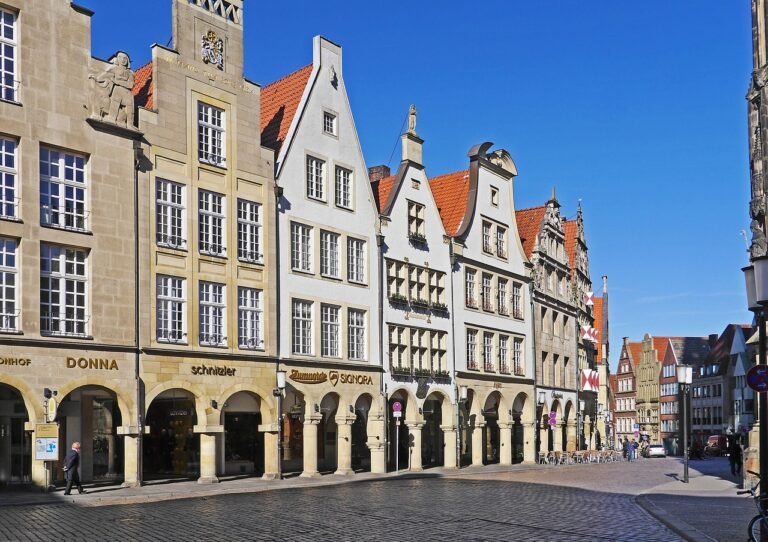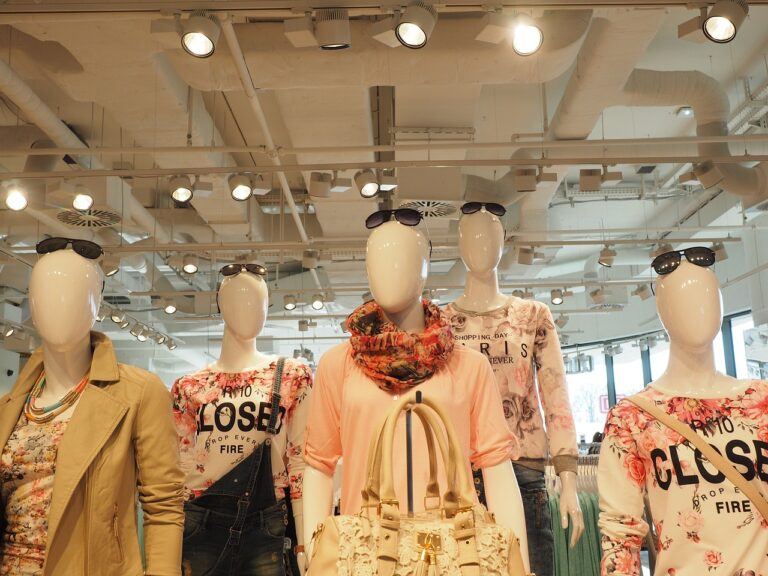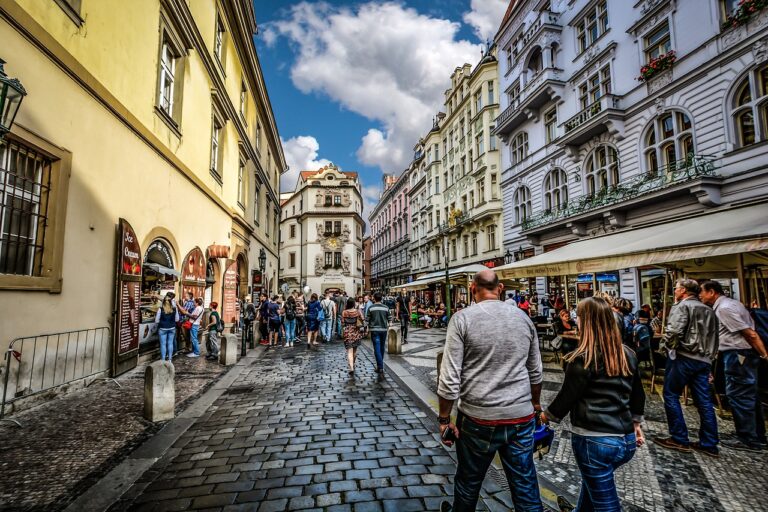Exploring the Circular Economy in the Fashion Retail Sector
The term “Circular Economy” refers to an economic system that aims to minimize waste and maximize the use of resources. Unlike the traditional linear economy, which follows a take-make-dispose model, the circular economy focuses on creating a closed-loop system where products, materials, and resources are kept in use for as long as possible.
In a circular economy, the emphasis is placed on designing products that can be easily repaired, reused, and recycled. This shift in thinking not only reduces the amount of waste generated but also promotes resource efficiency and sustainability. By embracing the principles of the circular economy, businesses can not only cut costs but also contribute to mitigating environmental degradation and creating a more resilient economy for the future.
The circular economy aims to minimize waste and maximize resource use
It focuses on creating a closed-loop system for products, materials, and resources
Products are designed for easy repair, reuse, and recycling
Embracing the circular economy principles can cut costs for businesses
It helps in mitigating environmental degradation and promoting sustainability
The Impact of Fast Fashion on the Environment
Fast fashion has revolutionized the clothing industry by offering consumers trendy clothes at affordable prices. However, this rapid production cycle comes at a significant environmental cost. The emphasis on producing cheap, disposable garments has led to high levels of waste and pollution throughout the fashion supply chain.
The production of fast fashion items often involves the use of harmful chemicals and dyes, which can contaminate water sources and harm ecosystems. Additionally, the reliance on non-renewable resources such as oil for synthetic fibers contributes to carbon emissions and accelerates climate change.
The Benefits of Adopting Circular Practices in Fashion Retail
Adopting circular practices in fashion retail can lead to a more sustainable industry. By implementing strategies such as recycling and reusing materials, companies can reduce their carbon footprint and minimize the amount of waste produced.
Furthermore, embracing circular economy principles can also benefit businesses financially. By extending the lifespan of products through repairs and refurbishments, retailers can appeal to consumers looking for more eco-friendly and durable options, ultimately driving sales and brand loyalty.
What is the Circular Economy?
The Circular Economy is an economic system aimed at eliminating waste and promoting the continual use of resources through practices such as recycling, reusing, and refurbishing.
What impact does fast fashion have on the environment?
Fast fashion contributes to environmental degradation through high levels of water and energy consumption, greenhouse gas emissions, and the generation of textile waste that ends up in landfills.
How can adopting circular practices benefit fashion retail?
Adopting circular practices in fashion retail can lead to reduced environmental impact, increased resource efficiency, cost savings, improved brand reputation, and greater customer loyalty.
What are some examples of circular practices in fashion retail?
Examples of circular practices in fashion retail include using sustainable materials, implementing take-back programs for used clothing, offering repair services, and designing products for durability and longevity.







